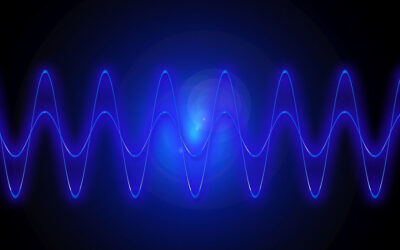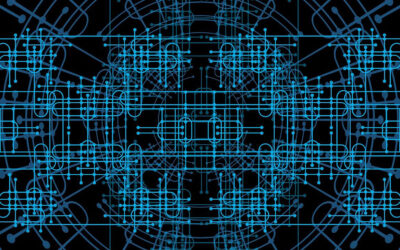From ancient sundials to the most sophisticated watches, humankind’s efforts to keep track of time have driven scientific and technological development. Today, accurate timekeeping is critical to countless applications, including air-traffic controllers and GPS satellites.
Now, scientists have found a way to achieve precision beyond the limits of current timekeeping technology thanks to the phenomenon of quantum entanglement.
“What we’re able to do is divide the same length of time into smaller and smaller units,” said Adam Kaufman, senior author of the study and a fellow at JILA, a joint institute of the University of Colorado Boulder and the National Institute of Standards and Technology (NIST). “That acceleration could allow us to track time more precisely.”
Beyond helping us make more accurate clocks, this research could contribute to the development of new quantum technologies, such as quantum computing and quantum sensors.
The science of timekeeping
From the swinging pendulum of grandfather clocks to the rotating gears in a watch, all timekeeping devices throughout history have relied on counting oscillations to keep track of time. However, these instruments are easily affected by external conditions such as temperature.
The most accurate clocks today are atomic clocks, which measure time by looking at the natural “ticking” of atoms. Under the right conditions, atoms oscillate at a constant speed that is unaffected by other environmental factors. These clocks are very precise because these vibrations are extremely fast — the cesium atom, often used in atomic clocks, vibrates over nine billion times every second.
Kaufman’s group is at the forefront of research on timekeeping technology. The scientists previously developed an optical atomic clock, where laser beams act as “optical tweezers” that can precisely trap and control individual atoms.
“Optical clocks have become an important platform in many areas of quantum physics because they allow you to control individual atoms to such a high degree — both where those atoms are, and also what states they’re in,” said Kaufman.
However, there is a practical limit to the precision these clocks can achieve, due to the noise generated by quantum particles when taking measurements. This is known as the standard quantum limit, and surpassing it is considered a “holy grail” of optical clocks.
Kaufman’s research group was able to do just that thanks to a new approach that involves applying the phenomenon of quantum entanglement into optical clocks.
Enhancing clock precision
To make a more precise optical atomic clock, Kaufman and colleagues built a device consisting of a few strontium atoms trapped at extremely low temperatures. Using the optical tweezers they previously developed, the researchers were able to arrange the strontium atoms into a lattice pattern and synchronize them through quantum entanglement — a phenomenon where the state of two or more particles is linked, no matter how far they are from each other.
When two particles are entangled, measuring one of them will reveal information about the other. Within an optical clock, entangled atoms behave more like a single atom, making it easier to take measurements — plus, these atoms “tick” faster when entangled than on their own.
The researchers created atomic clocks with a combination of two, four, and nine entangled strontium atoms. They found that there was a lot less noise when measuring the ticking of the entangled atoms compared to a traditional optical clock. “That means that it takes us less time to get to the same level of precision,” said Kaufman.
Thanks to this reduction in noise, the clock was able to beat the standard quantum limit and achieve an unprecedented level of precision in timekeeping. However, the clock can currently only run for about three milliseconds before the entanglement between strontium atoms starts to slip, making them lose their synchronicity.
More research will be needed to lengthen the time this new type of clock can effectively measure the passing of time. In the near term, the goals of the researchers include improving the accuracy of the device and scaling its size to integrate a larger number of atoms.
Kaufman sees a lot of potential for this technology, and not just in timekeeping. For example, their research could be applied to quantum sensors, devices that can measure subtle changes in the environment such as tiny changes in Earth’s gravity at different heights. Another promising application is in quantum computing, where the same technique of entangling atoms could be integrated into quantum computers to improve their performance.
Reference: Alec Cao et al., Multi-qubit gates and Schrödinger cat states in an optical clock, Nature (2024). DOI: 10.1038/s41586-024-07913-z
Feature image credit: Daniele Levis Pelusi on Unsplash

















